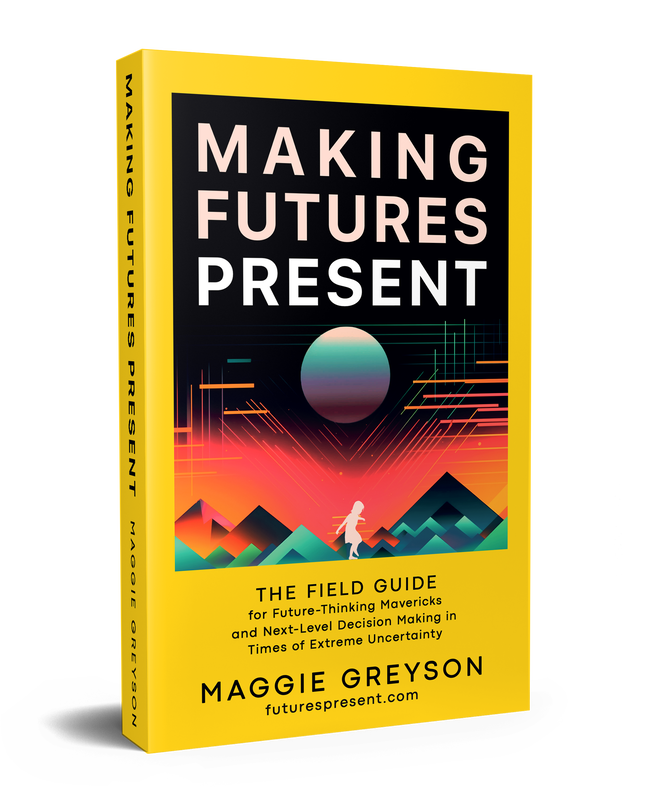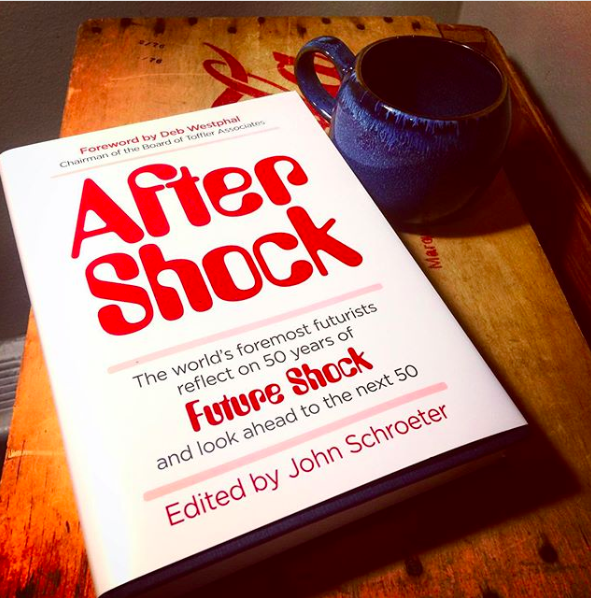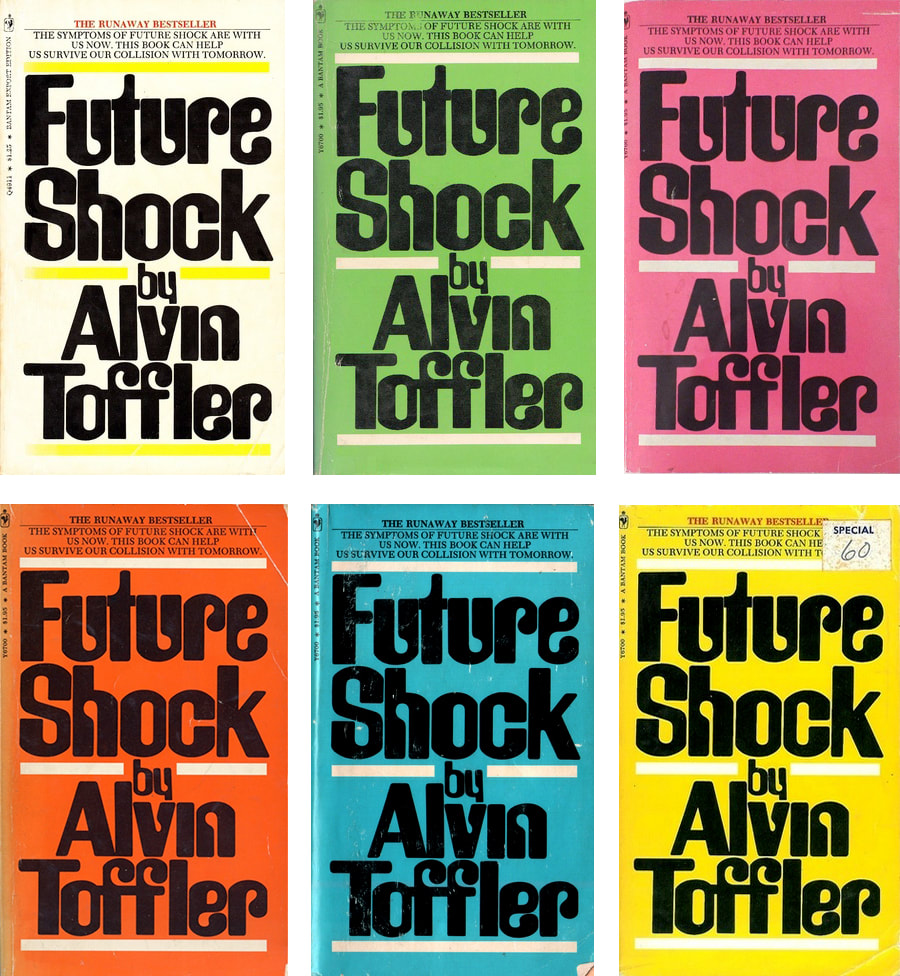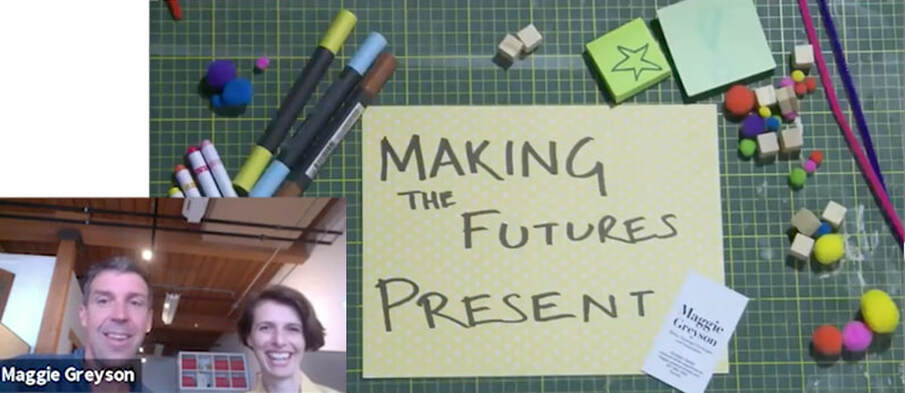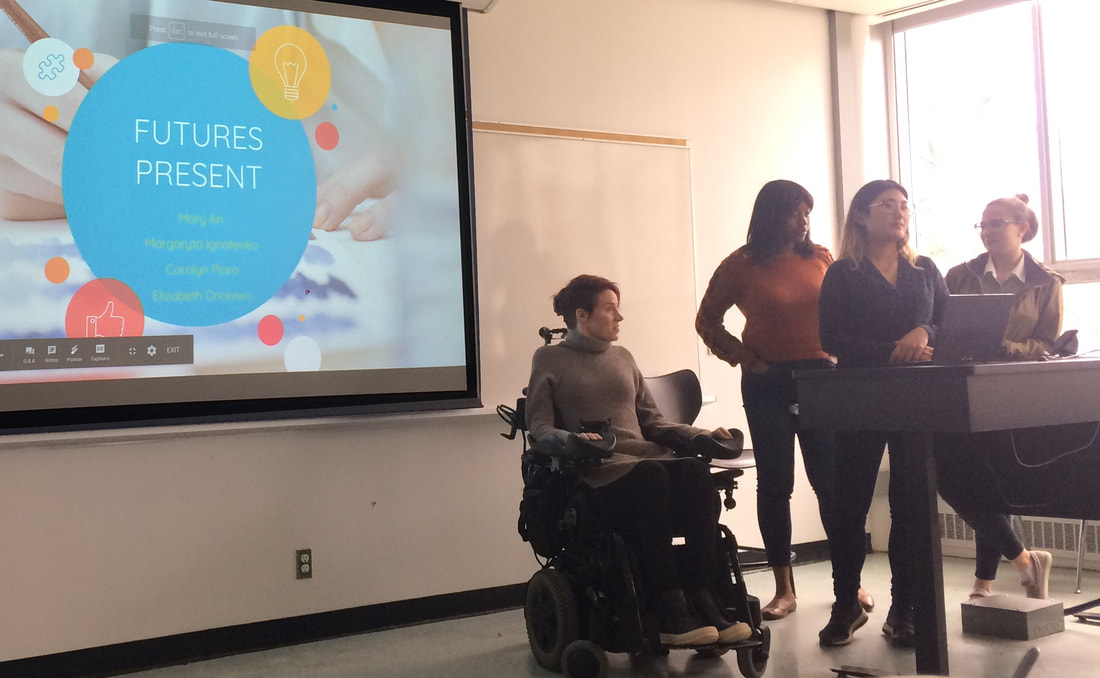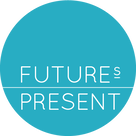About Parque Explora Consulting and Design
Parque Explora: an interactive science museum, planetarium, education and conservation aquarium, and public experimentation workshop in Medellín, Colombia. // Parque Explora: un museo interactivo de ciencias, un planetario, un acuario de educación y conservación y un taller público de experimentación. Together with our allies, we design and build museums, exhibitions, interactive centers and mobile and editorial strategies. We explore new ways of telling, we conceive inclusion as a central premise of design, we call for a transdisciplinary view to put preconceived ideas in tension and we are committed to an immersive museography that allows memorable experiences. We design guaranteeing a balance between user experience and project viability. We have created more than 122 thousand square meters of new spaces for culture and knowledge in five countries. During the last ten years we have capitalized on our experience to accompany others in the development of their public appropriation of knowledge initiatives. We focus on our lines of projects—and their connections—: exhibition and cultural settings, educational communities, active citizenship and conservation. We accompany you from the structuring of a basic idea to the development of research for public policies. We work with all types of organizations to build social ties and to reflect, plan and materialize citizen participation and public trust. The entire world is in a time of extreme uncertainty, with complex crises like poverty, species extinction, and rising sea levels. It is a time when we need to envision futures that we want. There are better ways of coping with uncertainty than how we do it now. Fight. Flight. Freeze. Experiential learning in places of public discourse can shift the sense of hopelessness that youth feel today. Museums are Mavericks of society that expose us to new thinking through curatorial practice. There, we can conjure the Muses for new narratives for next-level decision-making.
This book is for museum people, and people who love'm. Together, we can imagine inclusive futures that support planetary systems. When we can bring them coming to life in museums and science centres, we can begin to make our futures present. Launching in 2024
When we think of distant futures, we tend to envision trends coming to their full expression. “In 30 years… everyone will…” or “No one has…” statements. We often neglect to imagine a “day-in-the-life” that evokes “sometimes” or “might” statements. It’s just much easier to do this (I’ve described it in my paper Making the Futures Present, AHM Greyson). Those nuances affect the difference in how we make strategic decisions today. We can do this by practicing living in the future, as if it is the present. The Tofflers propose that an individual can be “pre-adapted” to an otherwise unfamiliar future by seeing and hearing, touching, tasting, and smelling a new world.
Experiential simulations The Tofflers describe “experiential simulations” that are designed for the public to help people to pre-adapt. “He will be able to interact vicariously with the people in his future,” they wrote, “and to undergo carefully contrived experiences designed to improve his coping abilities.” The Tofflers suggest that experiences within a myriad of future-oriented environments encourage and develop long-term thinking skills. For example, their concept of “enclaves of the future” help compensate for our temporal lack of “future heritage.” These enclaves are environments like a community square, a gated community, or remote villages. These communities provide a focal point for contrived “work-learn-and-play” environments staffed with artists, poets, labourers, and other skilled talent. They are a public design studio for families and communities to become conditioned and prepared to “cope with their own personal tomorrows.” “Local government, schools, voluntary associations and others,” they wrote, “also need to examine their potential futures imaginatively. One way to help them do so would be to establish community ‘imaginetic centers’ devoted to technically assisted brainstorming. These would be places where people noted for creative imagination, rather than technical expertise, are brought together to examine present crises, to anticipate future crises, and to speculate freely, even playfully, about possible futures.” A perspective An experience of the future is a shot in the arm in the present. We can immerse ourselves in authentic debates. We designers must practice humanizing our futures for the citizens, customers, and creators we serve. Ideally, when we design we aspire to address the burning question of people like Greta Thunberg, “Is this what we want for our next generation?” Experiential learning can help us to be deliberate about creating the future we want. Elements of storytelling: character development, setting, plot, conflict, theme, narrative arc, situation, and props, contribute dimensions of understanding. It is a process and a product for constructing future experiences and artifacts to help us think critically. Uncertainty is a fertile space. It can help us learn how to cope. A call to action I call on all designers to address an immediate question in our work, “Is this what we want for our next generation?” Robust imagining of a person, place or thing supports the scenario in our mind to become a reality. We get to decide, if it’s a reality that we prefer, long before we see it play out in the real world. Speculative design is an emergent form of experiential simulations that connects people with uncertain consequences. Anab Jain is a speculative designer, Professor of Design, TED Speaker, Futurist, and director of the design and film studio Superflux. She says, “We have learned in our work that one of the most powerful means of effecting change is when people can directly, tangibly, and emotionally experience some of the future consequences of their actions today.” Our “Think like a futurist” hands-on workshop at the Interior Design Show #IDS20 was our favourite project in January. The theme of the show was Design Your Future. We thought it would be rude if we didn't give them a hand with a little strategic foresight.
Its time for Futures Festival again. The organizer's asked David Buwalda to share a little about the experience of presenting at last year's festival and they published his response: http://futuresfestival.online/david-buwalda-presenter-story/
This year's festival is free to register for. The theme is a good one: Radical Transformations. Register here: http://futuresfestival.online/ by Elizabeth Ononiwu
by Maggie Greyson Dave and I are consistently challenging our assumption that the future presents a greater feeling of certainty when you hold a piece of it in your hands.
When we were asked to participate in the Association of Professional Futurists annual virtual Futures Festival we took this as another chance to investigate the theory. by Elizabeth Ononiwu A foundational activity in foresight practice is to open yourself to challenging your own assumptions. So David and I sought out the most critical minds we could find. We went to the Journalism program at Centennial College and asked them to challenge Futures Present about what we say we do for our clients. We hosted several foresight workshops with them (see the post called Live Challenge) and needless to say our exchanges with these strong communicators were very insightful. Elizabeth Ononiwu captured the testimonials of their experience and it is published here unedited.
Centennial College’s Storyworks students share their experience working as Futures Present journalists Beginning January 2019 at Story Arts Center, four journalism students, Mary An, Margaryta Ignatenko, Carolyn Pioro and Elizabeth Ononiwu have been working with Maggie Greyson and David Buwalda to create compelling content for their company “Futures Present”. Over the past 14-weeks, the four students got the opportunity to be immersed in the world of foresight, future and design by participating in a live challenge, interviewing professionals involved with foresight design, and getting to walk through their own Futures Present exercise. Below are the testimonials of the of the journalism students: Margaryta Ignatenko – “I'm grateful for the opportunity to have worked with Futures Present. This opportunity has highlighted the value journalists hold as "sense-makers" in our society. by Maggie GreysonI wrote this article as part of series for the Association of Professional Futurists Emerging Fellows program. It is easy to find reasons to motivate citizens of planet Earth, but a list of downward descending arguments creates shame and anger. I want to provide examples of leadership that can scale. I want to inspire your everyday contributions with the philosophy of a grandmother in Africa, an architect who builds beautiful temporary and permanent shelters, and a policy that up-cycles tires.
by Maggie Greyson, Nate Gerber, Howard Tam and David BuwaldaDavid and I teamed up with the inspiring Nate Gerber and brave founder Howard Tam of ThinkFresh Group on this article about engaging ambiguity through speculative design. Each of us has a passion for designing experiences for learning that reach your heart. We share the perspective that future building begins with the individual, but it is human to experience a fear of the future that seems blurry, menacing, and unknowable. So, if there are no facts about the future then we each have a terrific opportunity to learn strategy and grow personally by playing with provocative hypotheticals.
Futures Present and ThinkFresh have a way to bring some inspiration to future narratives by to creating tangible interaction of the future with artifacts and experiences. We could tell you about how this works, or you can read the article and give it a try yourself! This article was published in Rough Draft Magazine, an initiative of the Faculty of Communication and Design’s Creative Zones at Ryerson University in Toronto. See the full article at: https://roughdraft.review/futures-wisdom-engaging-ambiguity-through-speculative-design-b6b609bcd05c |





